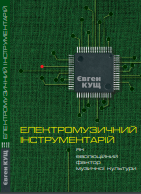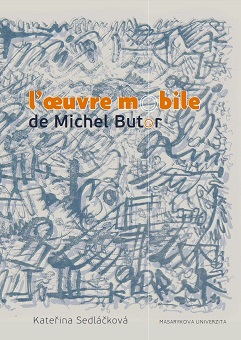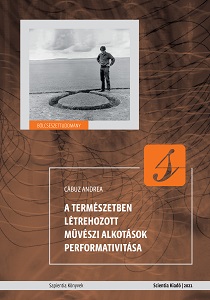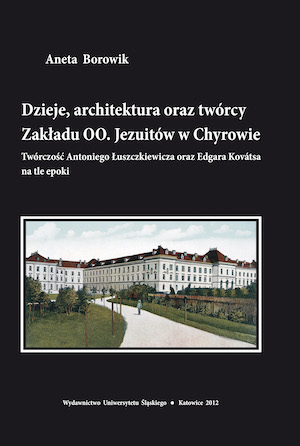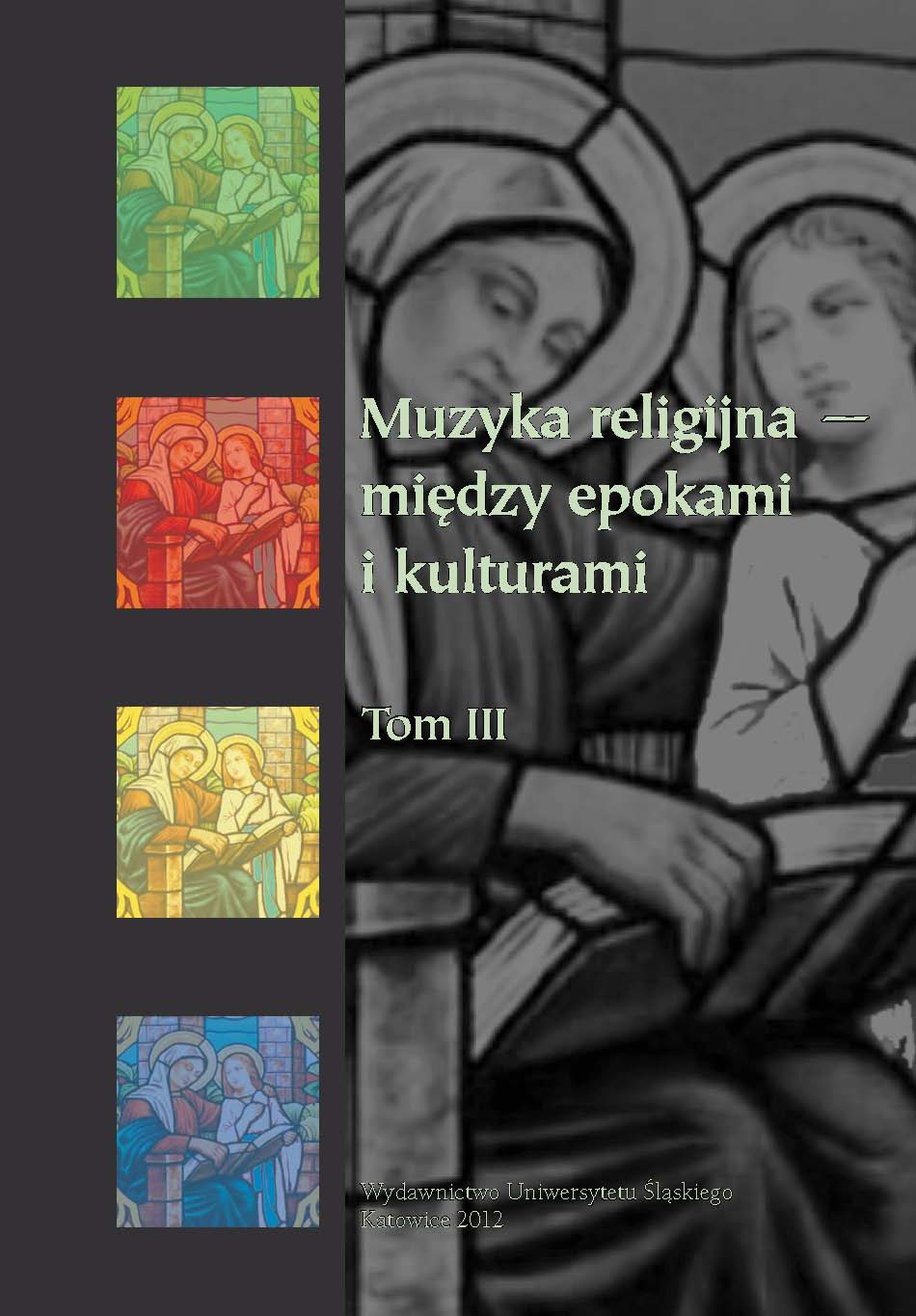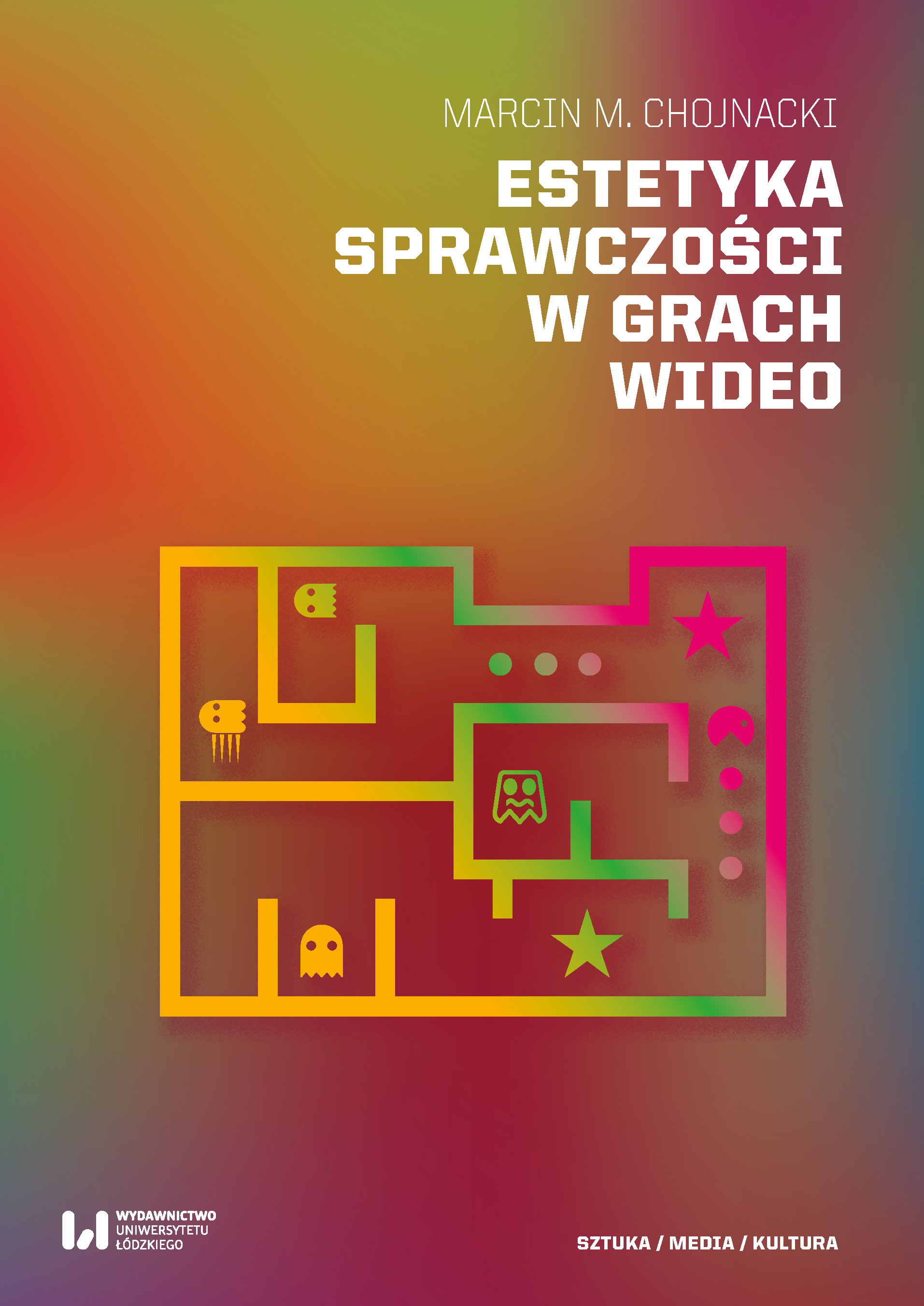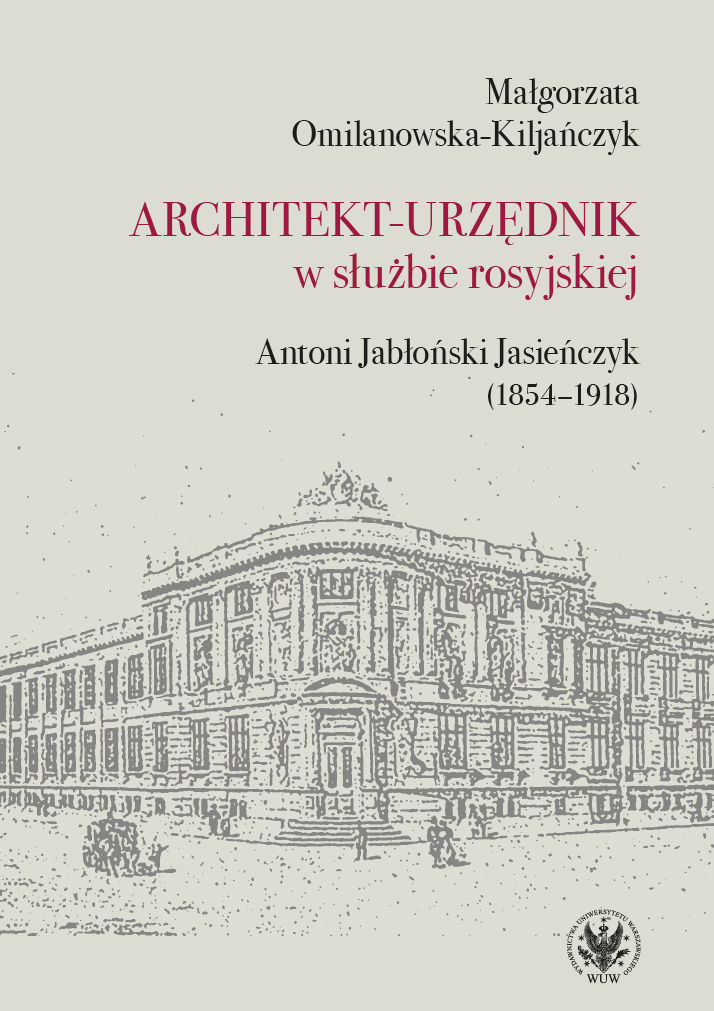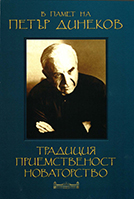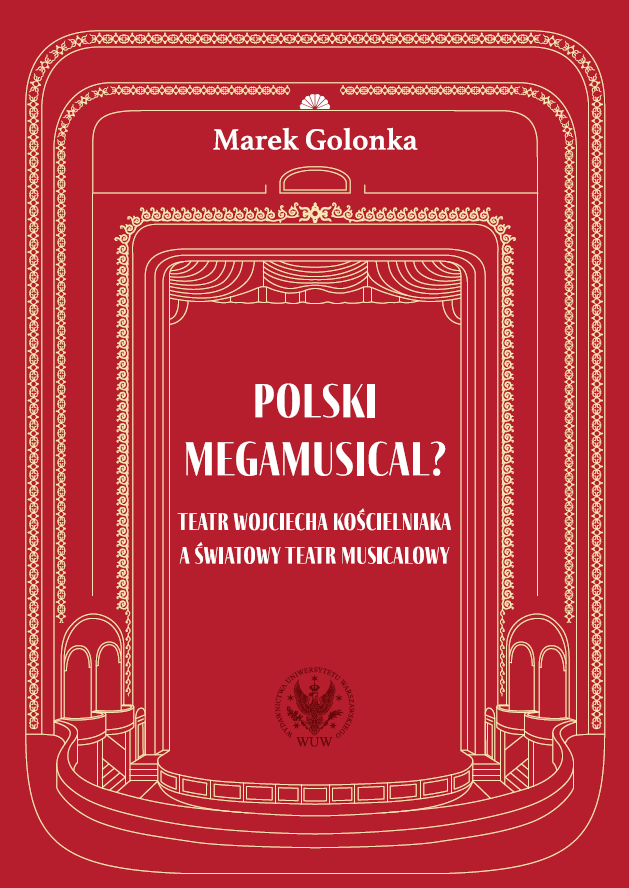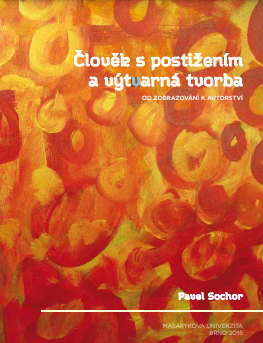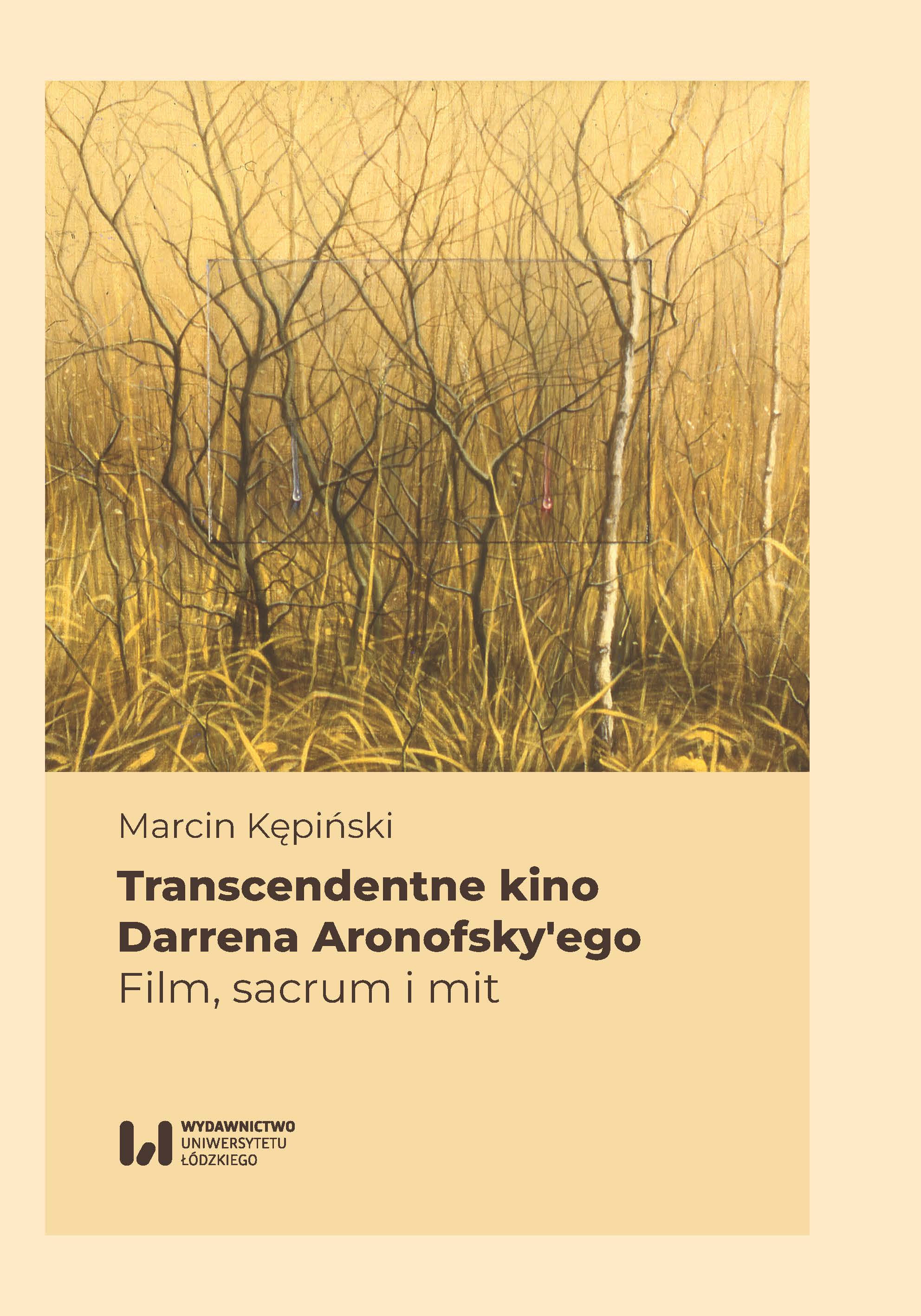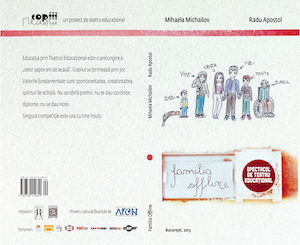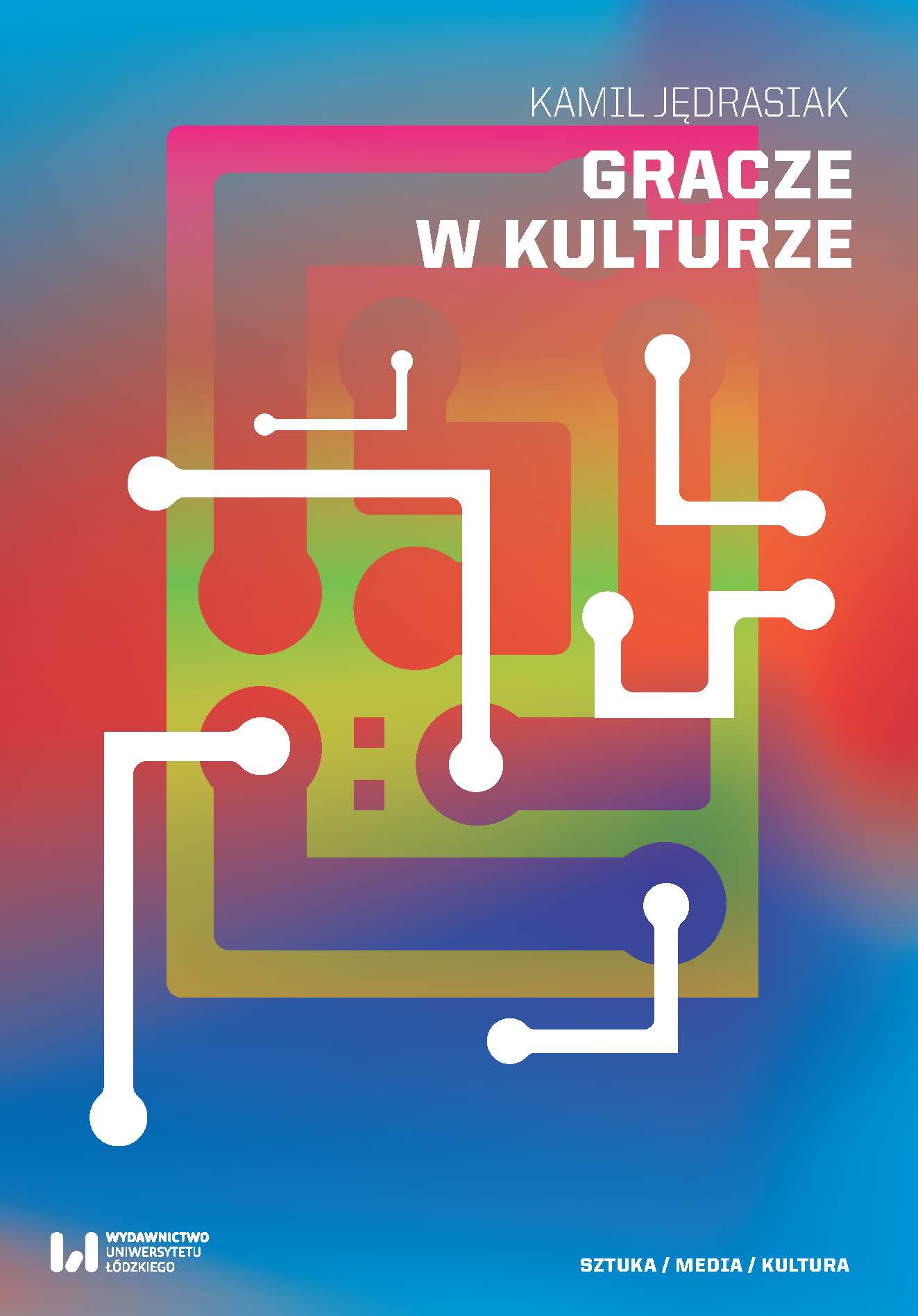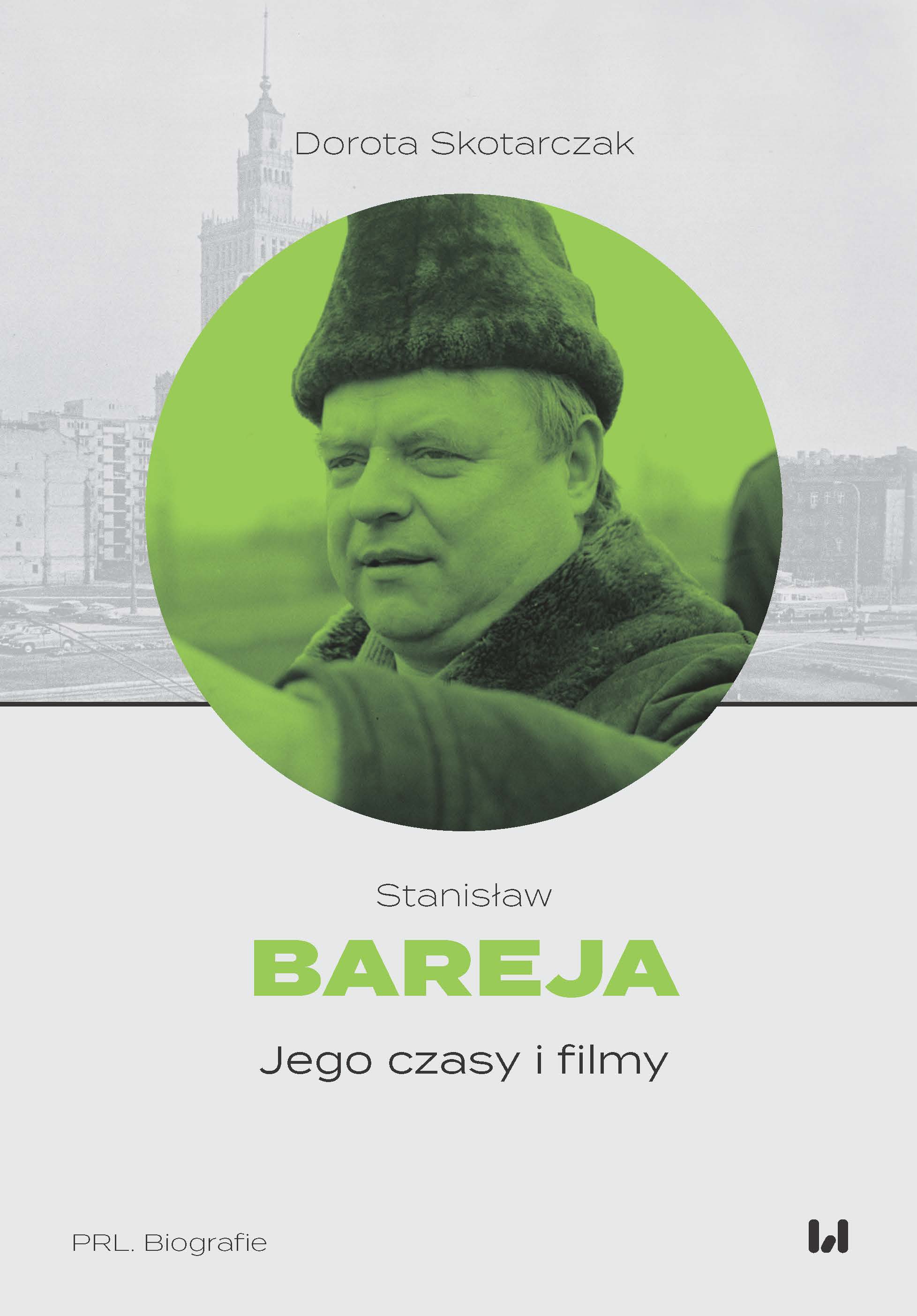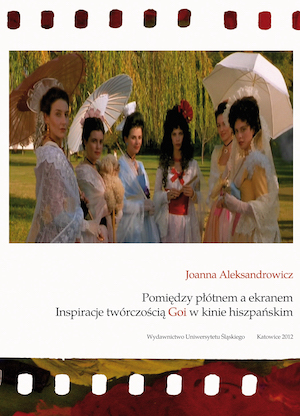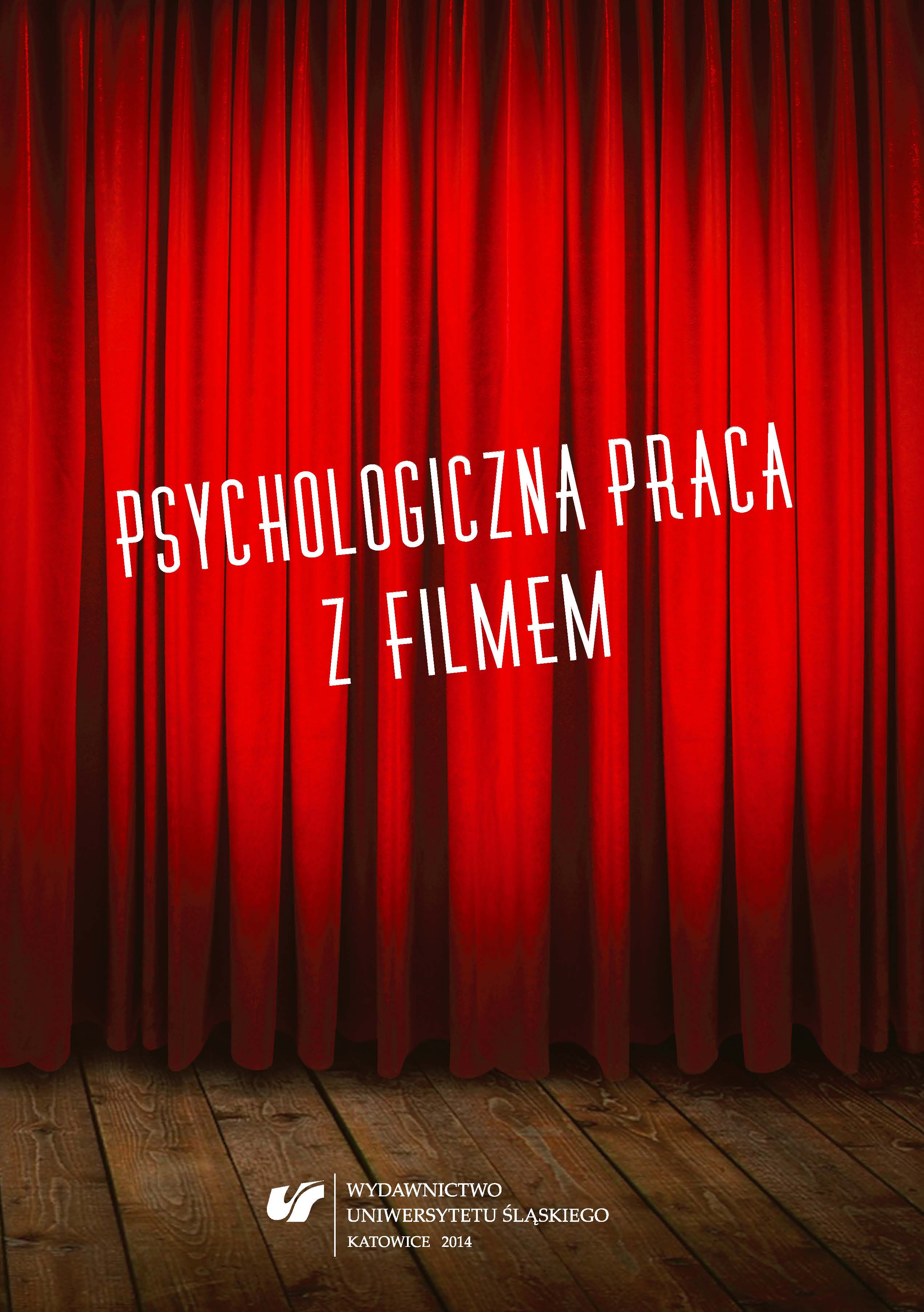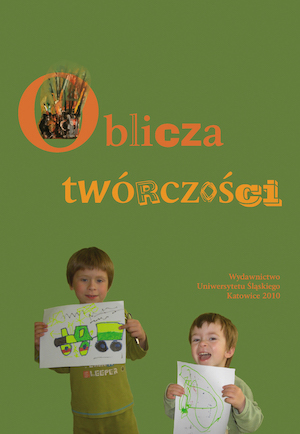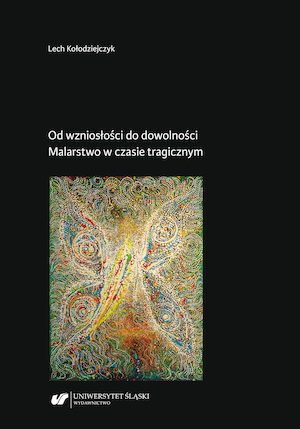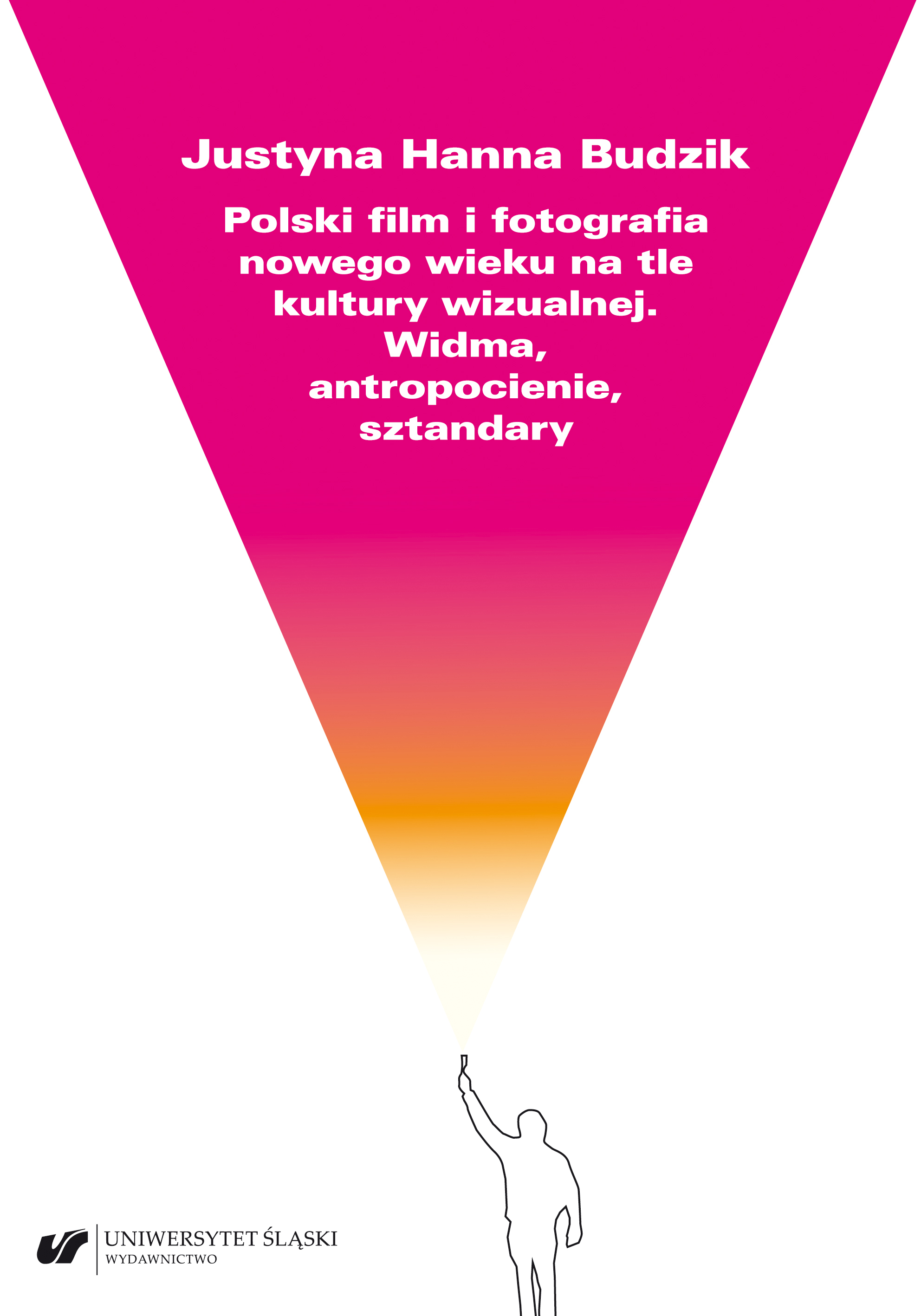Author(s): Konstantin Kosev,Svetlina Nikolova,Yordanka Holevich,Alla Kulagina,Docho Lekov,Yulia Nikolova,Natasha Dimcheva,Tatyana Yanakieva,Radka Koleva,Petya Asenova,Klimentina Ivanova,Antoniy-Emil Takhiaos,Anisava Miltenova,Ana Stoykova,Slavia Barlieva,Vasilka Tаpkova-Zaimova,Elena Kotseva,Veneta Yankova,Konstantinos Nihoritis,Elena Tomova,Darinka Karadzhova,Elisaveta Musakova,Marlena Dimova,Radoslava Stankova,Aksinia Dzhurova,Vassya Velinova,Desislava Atanasova,Dimo Cheshmedzhiev,Maya Ivanova,Stoyanka Boyadzhieva,Mila Santova,Henryka Czajka,Milena Benovska-Sabkova,Dagmar Burkhart,Svetla Petkova,Maria Galanova,Dimitrinka Dimitrova-Marinova,Dany Nedyalkova,Albena Georgieva,Lyubomir Mikov,Vladko Murdarov,Cleo Protochristova,Docho Lekov,Kamen Mihaylov,Dancho Gospodinov,Ivan Pavlov,Stefana Tarinska,Elena Tacheva,Rumyana Damyanova,Nikoleta Patova,Lidia Mihova,Ivan Ruskov,Tsvetan Rakyovski,Nina Tomova,Lyudmila Boeva,Irina Dobreva,Nedka Kapralova,Ines Köller-Zülch,Olga Parlicheva,Elena Toncheva,Elka Bakalova,Ralitsa Lozanova,Elena Popova,Ivanka Gergova,Elena Genova,Angel Davidov,Elka Mircheva,Aleksandar Mladenović,Boryana Velcheva,Tatyana Slavova,Ivona Karachorova,Boyka Mircheva,Tanya Popova,Evgeni Zashev,Tatyana Ilieva / Language(s): Bulgarian,Russian,Polish,German,Serbian
The present collection, prepared in memory of Academician Petar Dinekov on the occasion of his 90th anniversary, contains the reports of the participants in the scientific conference held in Sofia from October 26 to 28, 2000. In addition to participants in the conference, the collection also includes additional presented materials. In total, the collection contains 71 articles by various scientists from Bulgaria, Russia, Serbia, Greece, Germany and Poland. The articles are arranged thematically in several sections in accordance with the issues of the sectional meetings of the conference.
More...
